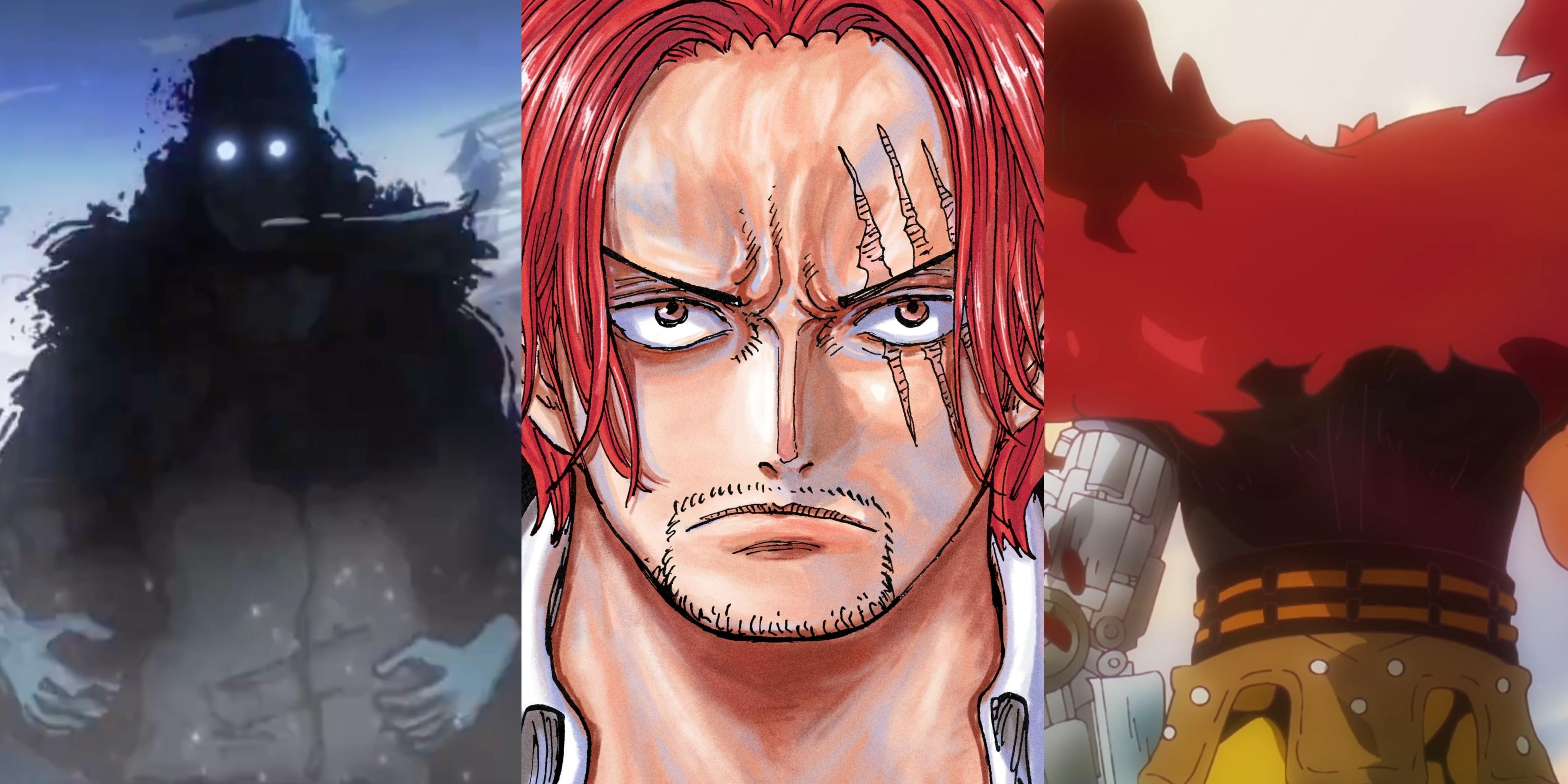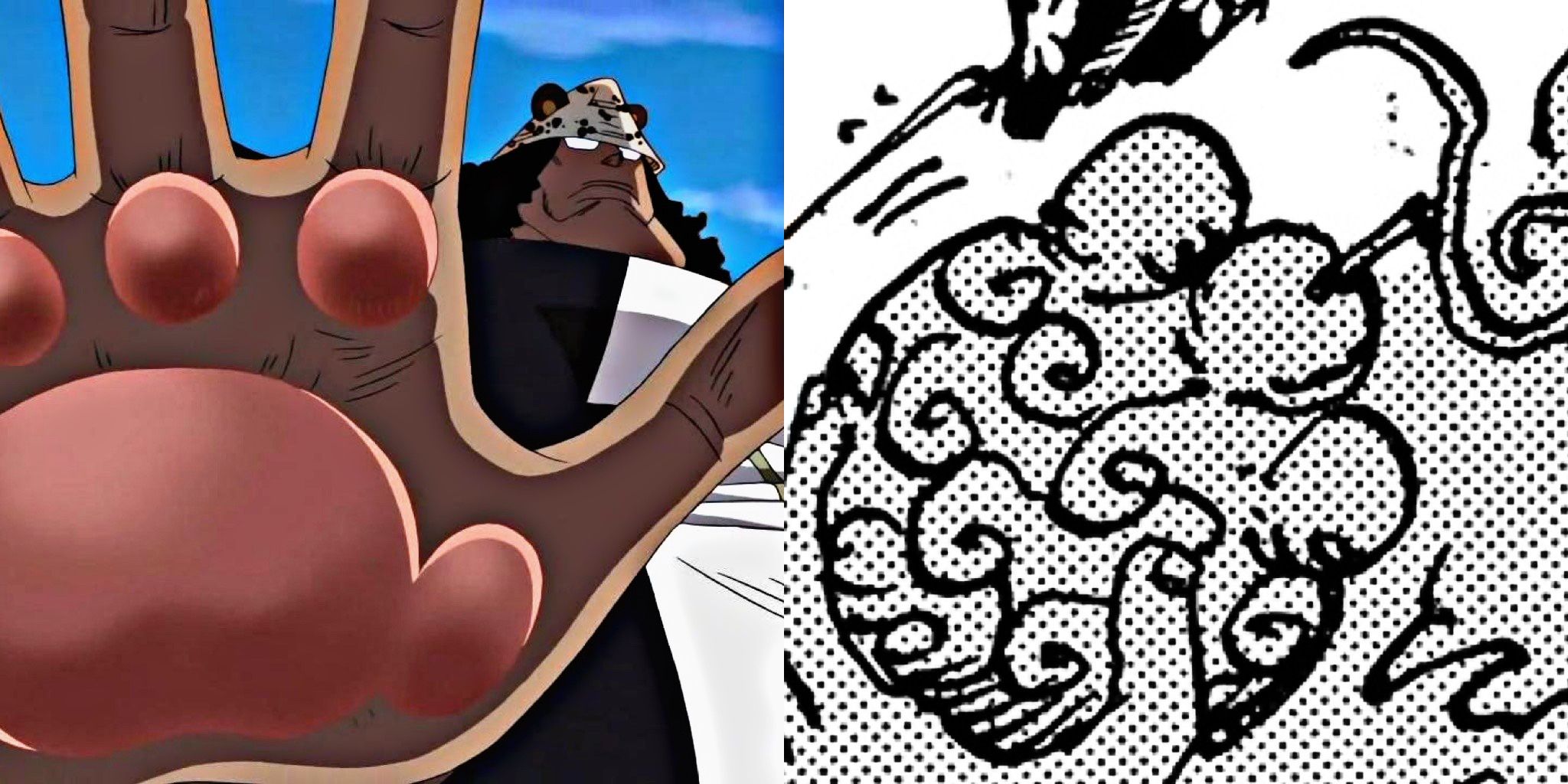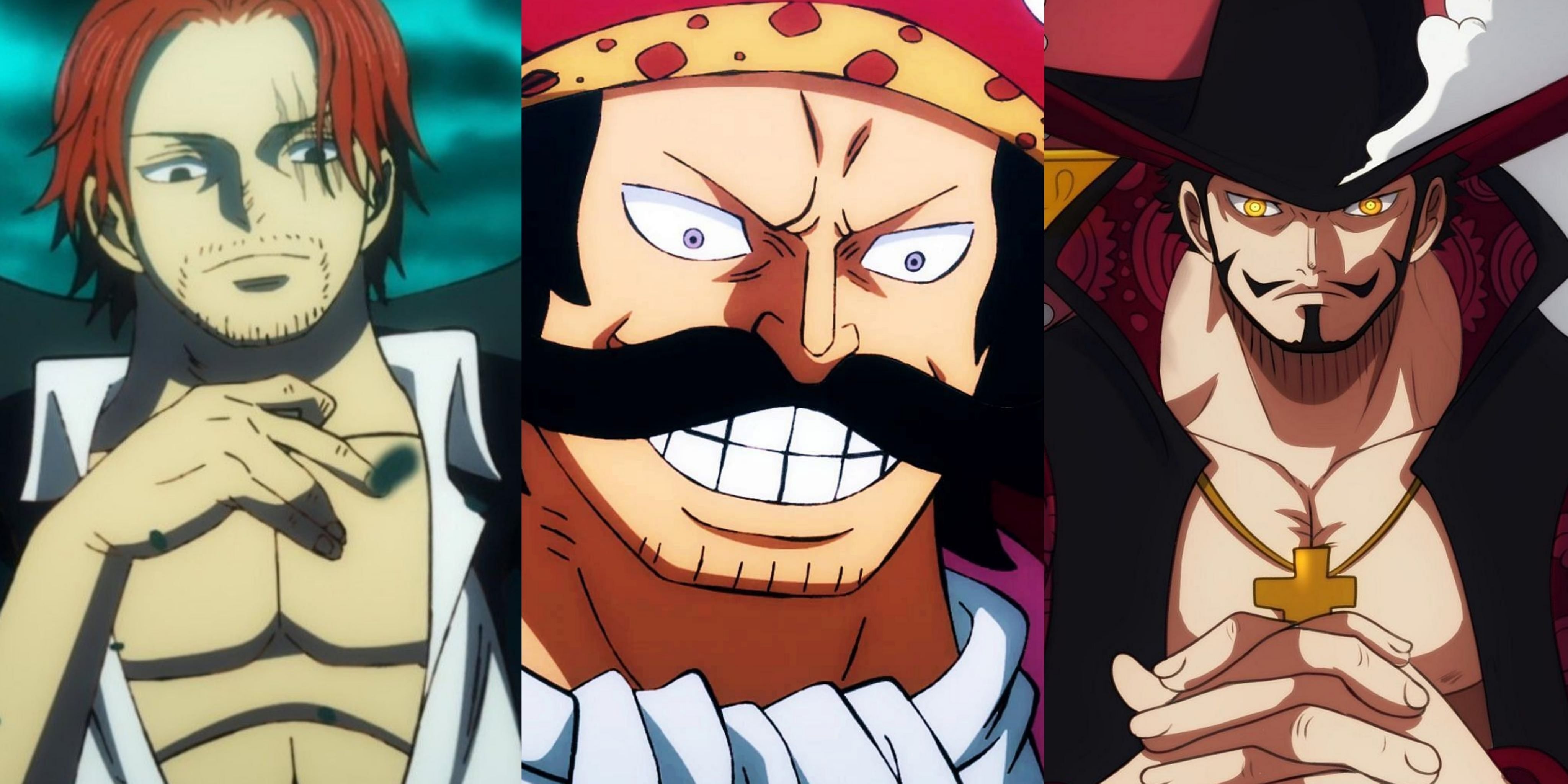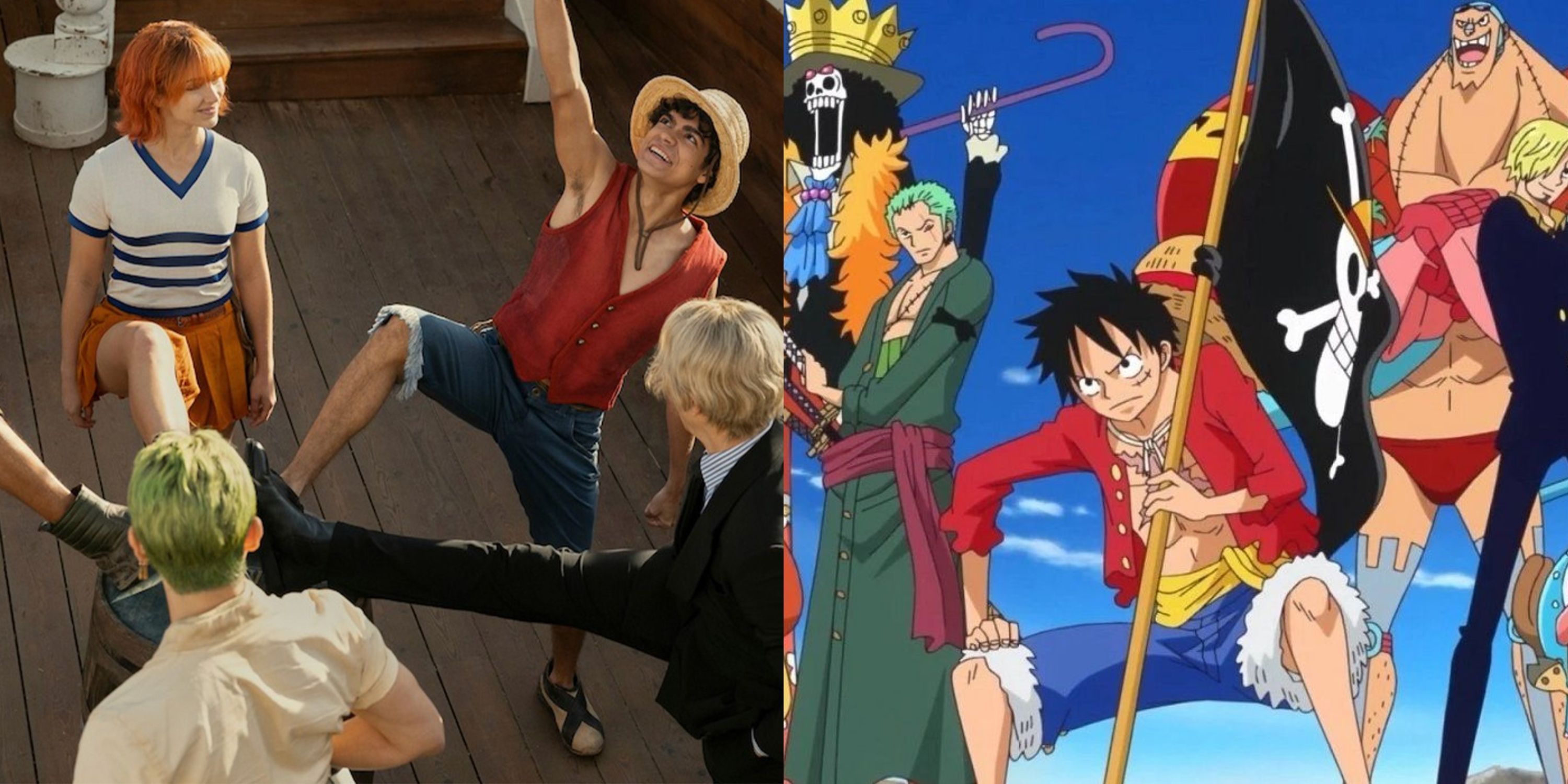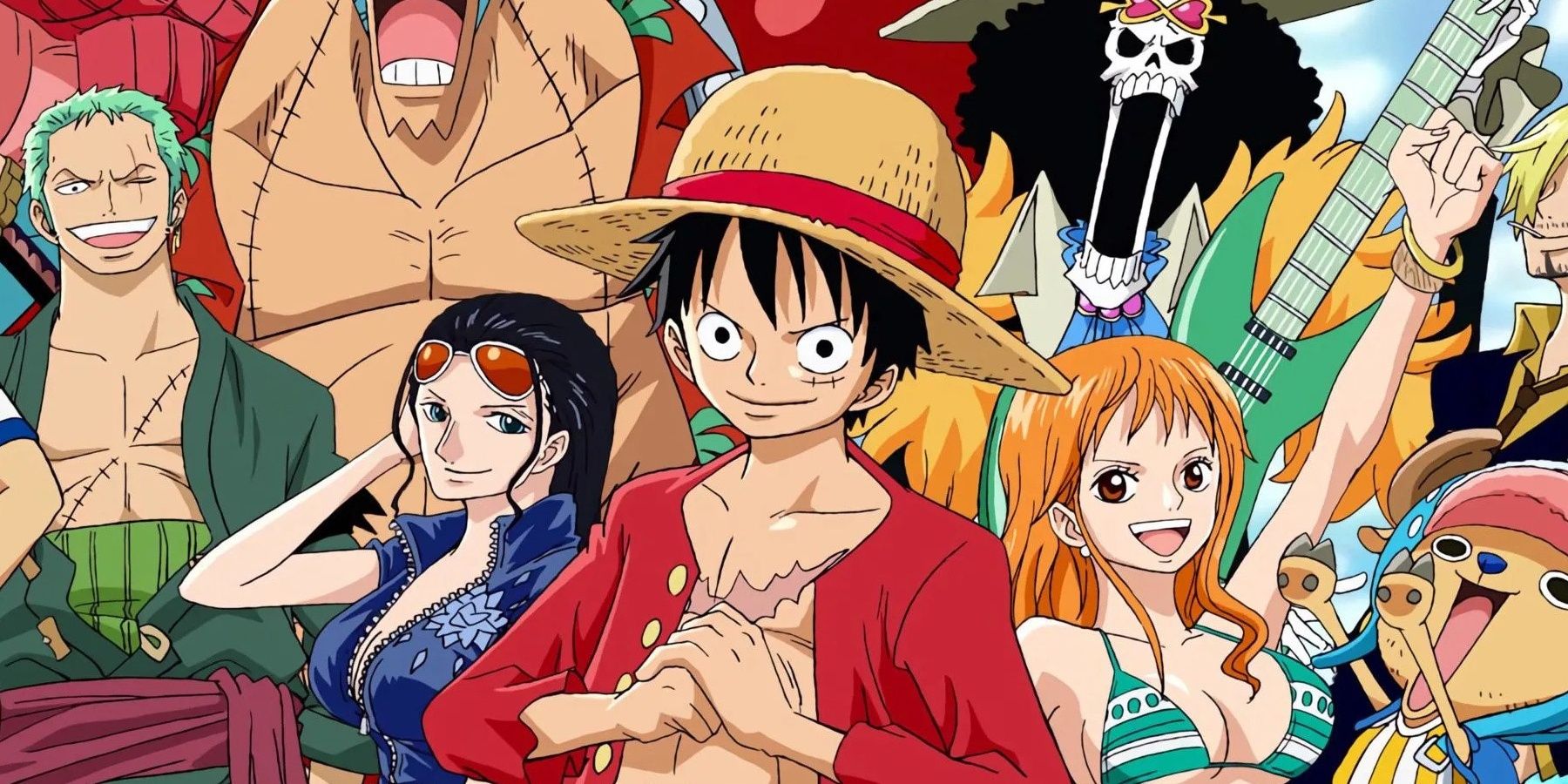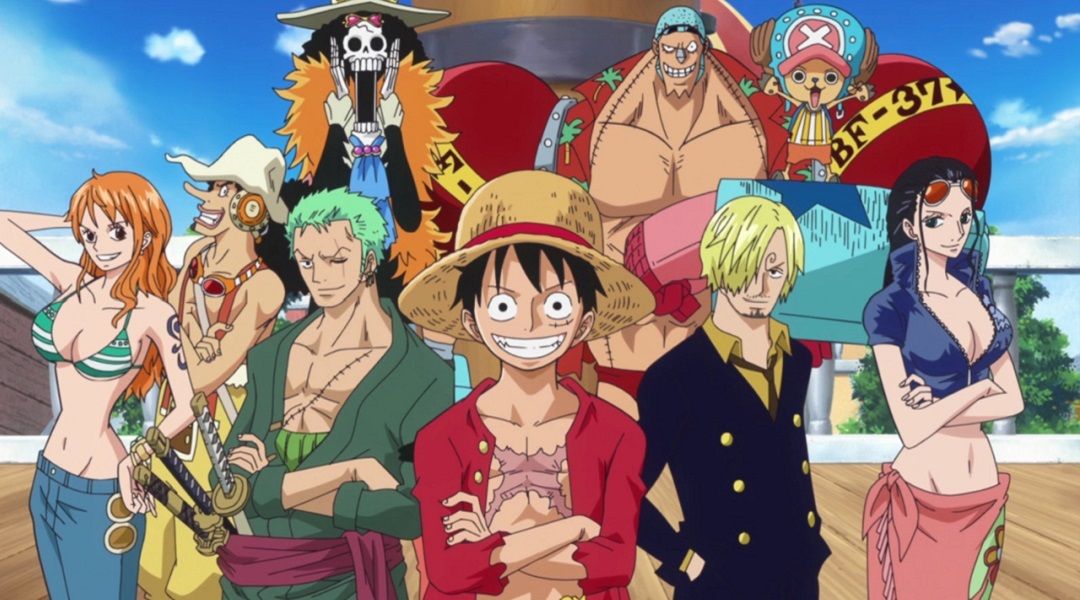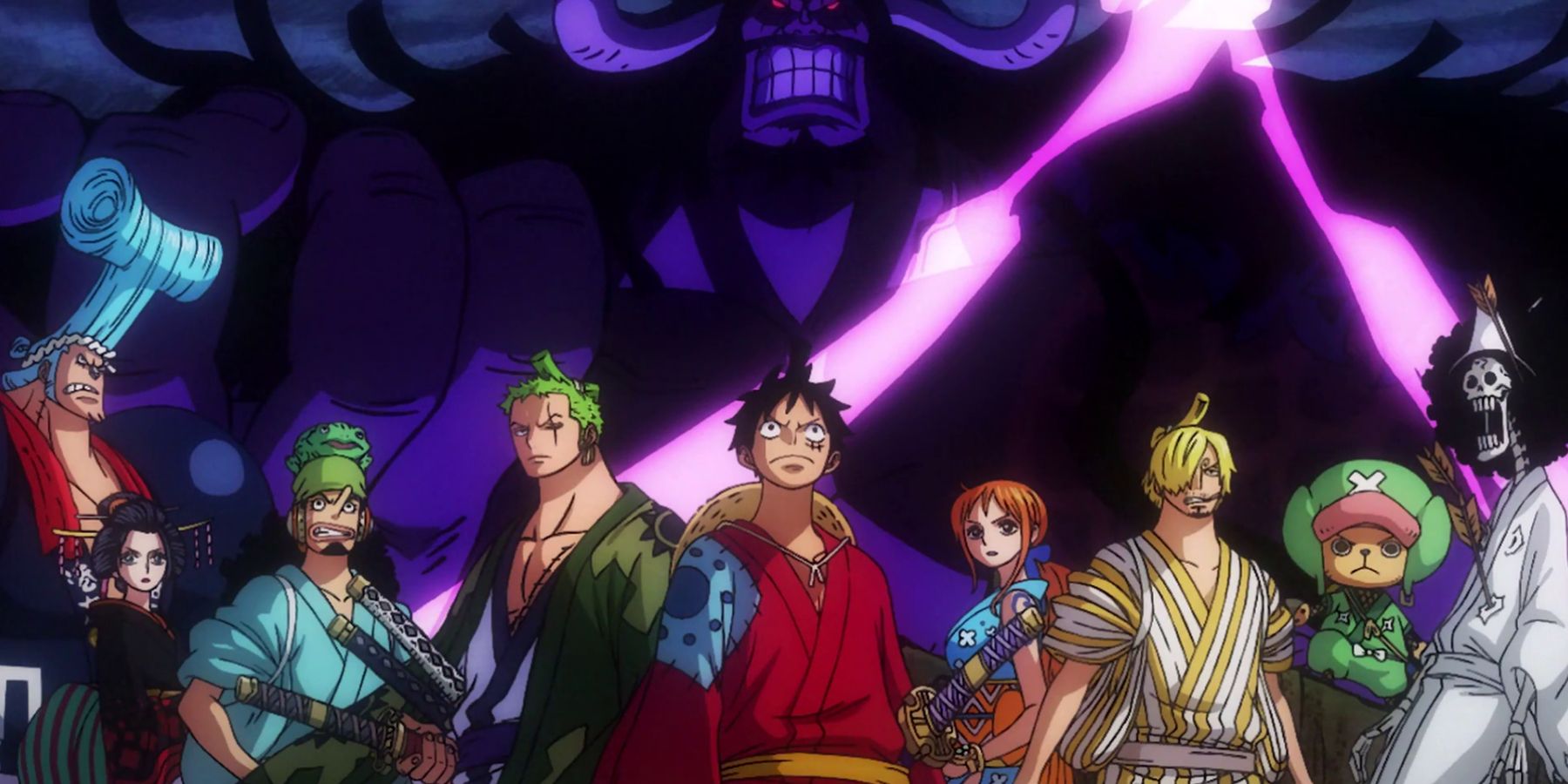Netflix's live action adaptation of One Piece has become one of the most talked about shows set to debut later this year, after the premiere of its trailer, as well as an extensive marketing campaign building up to the final release. Considering that the show has an incredibly high production budget, as well as the involvement of Eiichiro Oda himself, the creator of the manga series, expectations are rising for this series to finally break the curse of live action anime adaptations.
Hollywood's track record of translating beloved anime and manga to the big screen has been historically quite poor, save for a few exceptions, and many will still be skeptical of how this attempt will play out. Where Netflix's previous attempts with Death Note and Cowboy Bebop did not truly capture the spirit of the series and deviated too far from the main storyline, this retelling of One Piece may yet be able to do its source material some level of justice, considering the positive response to the first trailer. That being said, adapting One Piece in a live action setting is no mean feat, and the cast and crew have to nail a few key things to do right by Oda's masterpiece.
Capturing The Essence Of The Series
When looking at the entire spectrum of iconic shonen manga and anime, One Piece definitely stands out for its humor, stylization, surrealism, and navigation of tonal shifts. The series has been lauded for how it can normalize drastic shifts in mood from its more lighthearted comedic moments, to darker and more serious story beats which deal with fairly mature content. It is not uncommon for the narrative to switch from a character's harrowing and tragic backstory — which could reference real world issues that have been reinterpreted to adhere to the themes presented in the world of One Piece — to a moment of incredibly juvenile humor.
These transitions may work in the stylized mediums of anime and manga, where such surreal tonal shifts may go unnoticed, but the arena of live action is far more grounded in reality and less suited for the over the top antics of many prominent One Piece characters. This is especially true in the case of the story's protagonist, Monkey D. Luffy, whose simple-minded, childlike demeanor conceals a more complex worldview as well as a keen eye for the art of war. Aside from this, the series has received consistent praise for the depth of its world building, where entire nations and cultures, based on real world sources, have been explored in a manner that no fictional narrative has really come close to. The level of detail in each of the major settings and islands shown throughout the series will be difficult, and perhaps even impossible to replicate — even more so in a live action setting.
Although the initial stages of the story do have a bit more of an episodic feel, with the introduction of the core members of the Straw Hat Pirates, this structure soon makes way for a more cyclical form in each arc. The build up in every story arc following the crew's entry to the Grand Line beginning with the Alabasta Saga is slow and measured, introducing characters, exploring their motives, and juggling the various forces at play in each socio-political scenario the main cast enters. The beginnings of this can be seen as far back as the Baratie and Syrup Village Arcs, and it is crucial for Netflix's offering to channel the very same feel into its version of the story.
Character Designs That Border On The Absurd
Translating the feel of One Piece may be difficult on its own, but the challenge of making some of the more ridiculous character designs in the story feel real in live action is an entirely different proposition altogether. Eiichiro Oda's characters exhibit an irreverence that almost borders on disdain when it comes to their proportions and appearances. It is not uncommon for major characters to rise to heights that go beyond the known limits of human physicality, standing at over nine or ten feet.
When placed next to individuals with more realistic proportions such as Luffy, characters such as Crocodile, Axe Hand Morgan, Don Krieg, Arlong, or even the Pirate King Gol D. Roger tower over the rest of the cast. This is just counting the East Blue Saga, as the heights get more outlandish in the second half of the series once the crew enters the New World. Reconciling these exaggerated proportions is much easier in anime, where the sense of perspective can be altered to fit the needs of each scene. Such subtle changes might not come as easily in a live action production, where the camera angles and CGI need to be fine-tuned to make interactions between such characters believable.
Finally, there is also the question of characters who are not exactly human, as in the cases of Tony Tony Chopper, or the members of the Arlong Pirates, who are all Fishmen. It will be fairly tricky to tailor the CGI for their character designs to strike a balance between what fits the tone of the series, and what is believable in live action. This balance can also apply to characters such as Buggy the Clown, whose extravagant makeup and cartoonish Devil Fruit powers will be extremely difficult to adapt in live action. A similar case could be made for Luffy's own rubber powers, where the single shot shown of the Gomu Gomu no Pistol in the trailer might have been one of its weakest moments. As such an iconic facet of the series, there is much hinging on whether the production team will be able to pull off rendering the elasticity of Luffy's limbs on screen, however outlandish they might actually be.
Condensing Material Into A Limited Run Time
The most noticeable concern in any adaptation of One Piece is almost definitely its length. Having been published in Shueisha's Weekly Shonen Jump for 26 years and more than 1000 chapters, there is a lot of ground to cover when exploring this world. Arcs in the East Blue Saga are relatively shorter in comparison to later sagas, where the most recent Wano Country Arc extended for well over 100 chapters. In this vein, the pacing and narrative structure will need to undergo massive changes to fit into the limited number of episodes in this first season.
This first season is expected to run for eight episodes, each close to an hour in length. If a complete adaptation of the East Blue Saga is on the cards, it will be quite challenging to fit 61 episodes or 100 chapters of content into eight episodes, while still retaining a similar level of depth and build up to capture the true spirit of the series. As the first season of the show is expected to adapt the East Blue Saga, it is still very early on in the story to be talking about larger world building elements and lore, which get more pronounced towards the second half of the story around the time skip. However, the manga had a lot of important plot points that were revisited in later arcs, and it is interesting to see how the production team and writers will manage this.
In short, there are many challenges that Netflix's One Piece must surmount to finally conquer the curse of live action anime adaptations, which have fallen far below their source material in almost every outing. So far, there is promise to what Netflix has revealed of their take on Eiichiro Oda's vibrant and wacky world, but only time will tell whether this is truly the definitive live action version of his story that the world has been waiting for.
One Piece is available to stream on Crunchyroll.

